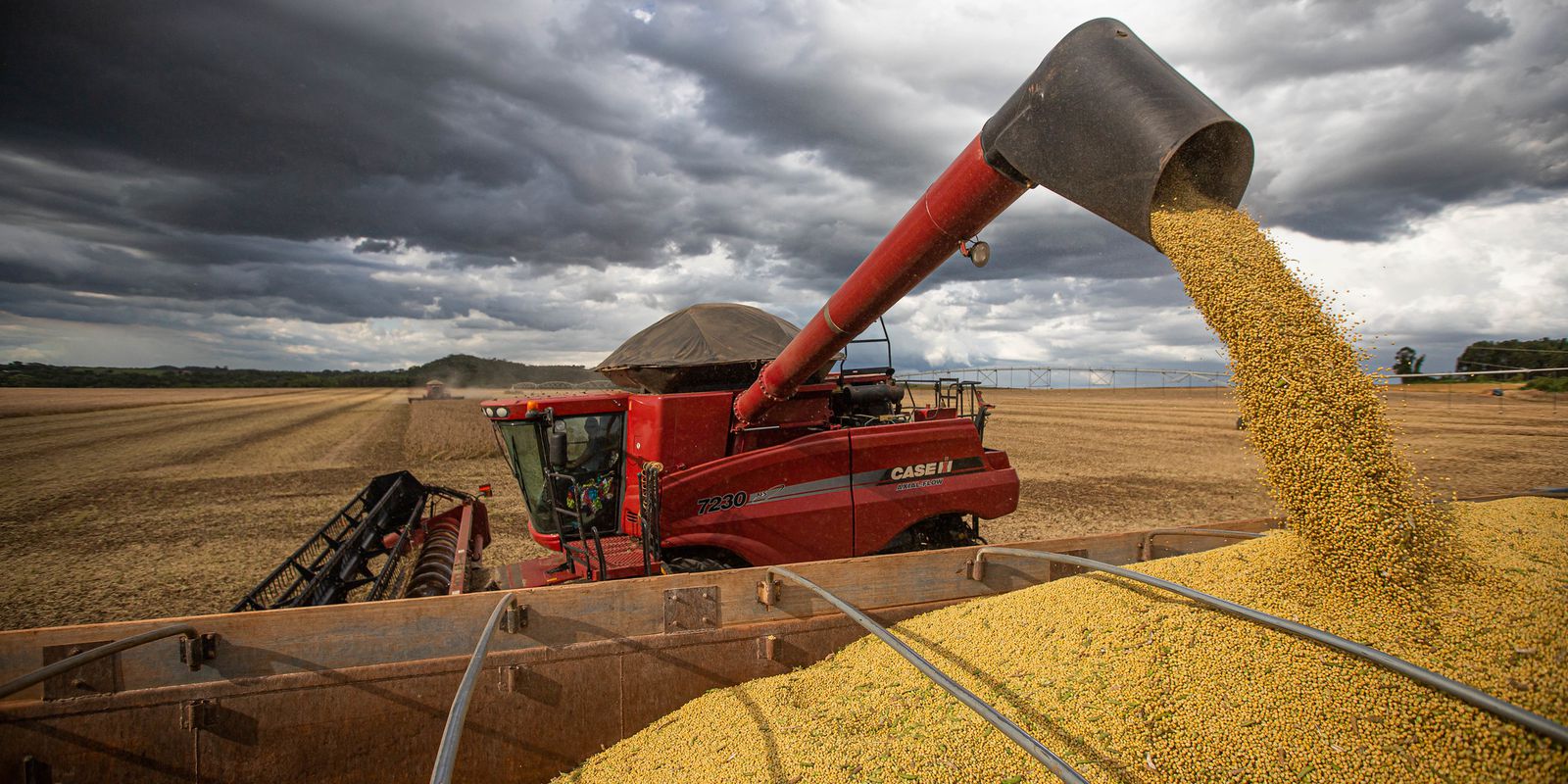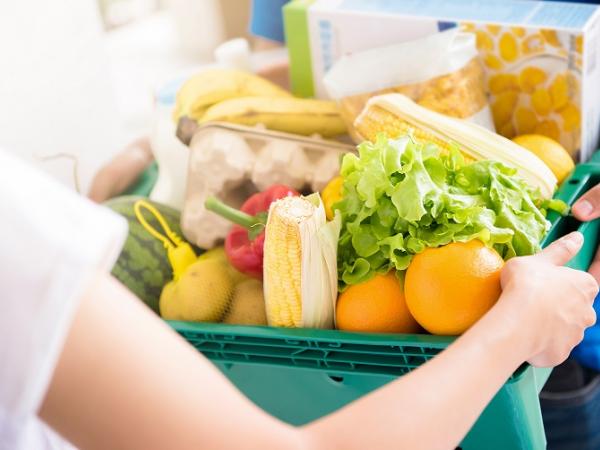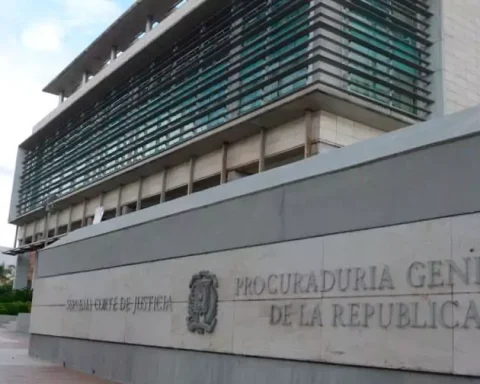The production of cereals, pulses and oilseeds estimated for 2022 should total a record 271.9 million tons, 7.4% higher (18.7 million tons) than that obtained in 2021 (253.2 million tons).
The Systematic Survey of Agricultural Production released today (10), in Rio de Janeiro, by the Brazilian Institute of Geography and Statistics (IBGE) indicates that the area to be harvested is 71.2 million hectares, 3.8% (2, 6 million hectares) higher than in 2021 and 0.3% (217.2 thousand hectares) higher than forecast in December.
Rice, corn and soy, the three main products of this group, together represent 93% of the estimated production and account for 87.8% of the area to be harvested. Compared to 2021, there were increases of 5.8% in the area of corn (6.9% in the first crop and 5.4% in the second), of 7.2% in the area of herbaceous cotton and of 3.6% in the area of soybean . There was a decline of 0.9% in the area of rice and 1.7% in the area of wheat.
Soybean production is expected to total 131.8 million tons, down 4.7% from the third forecast, released in January, and 2.3% from the previous year’s production.
Corn production was estimated at 109.9 million tons, up 0.9% from the previous month and 25.2% from 2021. Rice production was estimated at 11 million tons, down 4.9% compared to last year.
Regions
The Northeast region was the only one to have an increase (1.1%) in its estimate compared to December. It should produce 24.4 million tons (9% of the country’s total). The biggest decline was in the South (-5.7%), which should total 80.2 million tons (29.5% of the total). The North had a drop of 2.6% and should reach 12 million tons (4.4% of the total), while the Midwest, with a decline of 0.2%, should produce 128.4 million tons, or 47.2% of national production. The Southeast should produce 26.8 million tons (9.9% of the total).
Among the states, Mato Grosso leads as the largest national producer of grains, with a share of 28.5%, followed by Rio Grande do Sul (14.1%), Paraná (13.1%), Goiás (9.9% ), Mato Grosso do Sul (8.5%) and Minas Gerais (6.2%), which together accounted for 80.3% of the national total.
The main positive changes in production estimates, in relation to December, occurred in Piauí (267.9 thousand tons), in Pará (179.5 thousand tons), in the Federal District (35.3 thousand tons), in Rondônia (35 thousand tons), in Maranhão (5.4 thousand tons) and in Rio de Janeiro (424 tons).
The main negative changes were registered in Paraná (-4 million tons), Santa Catarina (-860 thousand tons), Tocantins (-538.4 thousand tons), Mato Grosso (-336.3 thousand tons) and Ceará (-9.9 thousand tons).


















